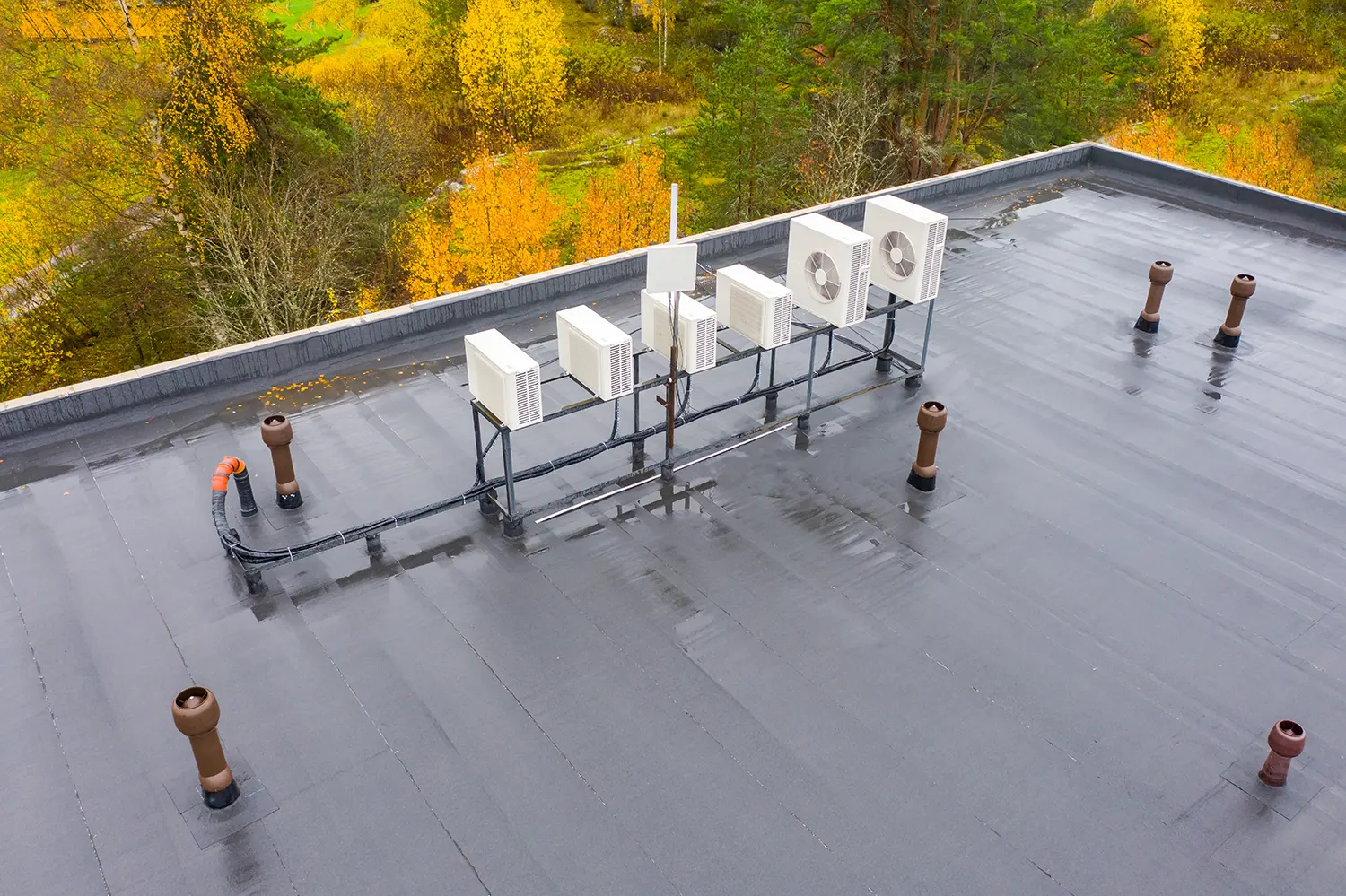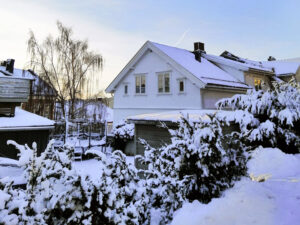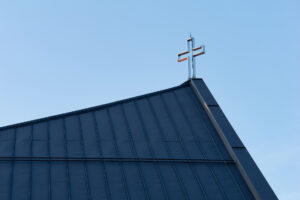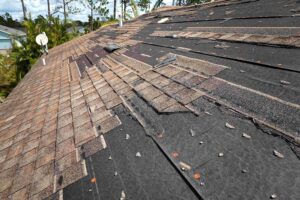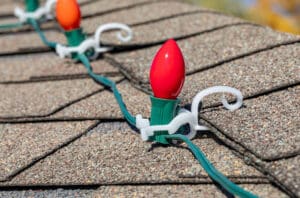Fall is the most important time of year to inspect and prepare your commercial roof in Texas. Temperature swings, UV exposure, and storm patterns can cause membrane shrinkage, seam separation, ponding water, and flashing failures. Proactive maintenance protects your investment, prevents operational downtime, and reduces insurance claim disputes. In this Q&A guide, New Rüf explains how to prepare your commercial roof using industry best practices and advanced technologies like HITEK drone inspections and NewTek360 reporting.
Q1. Why is fall the most important time to inspect a commercial roof in Texas?
Summer heat accelerates wear on commercial roofing systems. UV exposure can dry out membranes, weaken seams, and degrade flashing. When fall storms begin and temperatures drop at night, these existing weaknesses quickly turn into leaks or structural problems.
Texas fall is the ideal window for roofing maintenance because weather conditions are stable for repairs—and because early intervention prevents winter-related failures.
This is also the best time to schedule a professional HITEK inspection through New Rüf, using aerial drone technology to identify issues invisible from ground level.
Learn more about our aerial roof inspections.
Q2. What are the most common commercial roofing issues to look for in fall?
Commercial roofing systems—especially flat or low-slope roofs—experience unique stressors. During inspections, our team frequently identifies:
- Membrane shrinkage or blistering due to heat stress
- Seam separation where water can infiltrate insulation
- Ponding water from poor drainage or clogged scuppers
- Cracked or deteriorated flashing around rooftop units and parapet walls
- Punctures and tears caused by foot traffic, HVAC service, or debris
If these issues aren’t addressed before winter, trapped moisture can lead to leaks, mold, and internal damage.
Q3. What causes ponding water, and why is it especially dangerous in fall and winter?
Ponding is one of the most common—and overlooked—commercial roofing problems. It occurs when drains become clogged or when the roof deck begins to sag due to trapped moisture or insulation breakdown.
Why ponding is dangerous in cooler months:
- Standing water increases membrane breakdown
- Water weight adds roof load and increases risk of collapse
- Prolonged moisture reduces energy efficiency and causes microbial growth
- Freezing temps can expand trapped water and widen roof cracks
Preventative maintenance is far more affordable than structural repairs.
Learn more about our Commercial Roof Maintenance.
Q4. How should I prepare rooftop HVAC units and penetrations before cold weather?
Rooftop HVAC units are one of the leading causes of leaks in commercial structures. Expansion and contraction around penetrations can cause small gaps in seals that widen during temperature changes.
Fall preparation includes:
- Inspecting all HVAC curbs and pipe penetrations
- Sealing or reinforcing flashing
- Removing debris that could compromise airflow or drainage
- Checking vibration-induced membrane wear
New Rüf uses NewTek360 reporting to document these potential leak points and recommend proactive repairs.
Q5. What roofing materials perform best in fall and winter conditions in Texas?
Not all commercial roofing materials respond the same under temperature swings and seasonal weather shifts.
Best Performing Materials:
| Material | Benefits in Fall/Winter | Best For |
| TPO Membrane | UV reflective, flexible in cold, strong seams | Industrial buildings, warehouses |
| Modified Bitumen | Layered durability, torch-sealed seams | Mixed-use and retail |
| PVC | Chemical-resistant, excellent waterproofing | Restaurants, medical facilities |
| Standing Seam Metal | Exceptional wind/hail resistance | Sloped commercial roofs |
For a deep dive into material performance, read our blog:
Which Roofing Materials Best Stand Up to Texas Fall Weather
Q6. Can fall maintenance really reduce insurance claims and protect warranties?
Yes—this is one of the biggest advantages of proactive commercial roof care.
Most insurance providers can deny storm-related claims if they determine that roof damage was caused by lack of maintenance. Additionally, many commercial roofing warranties require annual inspections to stay valid.
Fall preparation helps you:
- Avoid denied claims
- Document roof condition before storms
- Catch problems while repairs are still affordable
- Plan capital expenses instead of reacting to emergencies
New Rüf provides full digital inspection reports via NewTek360—ideal documentation for warranty and insurance compliance.
See potential replacement costs using our Roofing Estimate Calculator.
Q7. What should facility managers do now to prepare before winter?
Here’s a recommended checklist to complete before temperature drops and storm cycles begin:
Commercial Roof Fall Preparation Checklist
- Schedule a professional drone inspection (HITEK certified)
- Clean drains, gutters, and scuppers
- Inspect seams, flashings, and roof penetrations
- Clear debris from HVAC units and vents
- Repair minor membrane punctures before they expand
- Document roof condition for insurance and warranties
- Determine if preventive coating or sealing is needed
The Bottom Line: Fall is Your Window of Opportunity
Preparing your commercial roof now protects your property, your tenants, and your revenue. Deferred maintenance is the #1 cause of costly winter leaks and insurance disputes in Texas.
At New Rüf, we combine technology, transparency, and Texas-specific expertise to deliver the strongest commercial roofing protection in the state. Our GAF Master Elite® certification, HITEK inspections, and NewTek360 reports ensure you’re never guessing—you’re making informed, strategic decisions.
New Rüf — Protecting Texas commercial properties with advanced technology and proven expertise.

